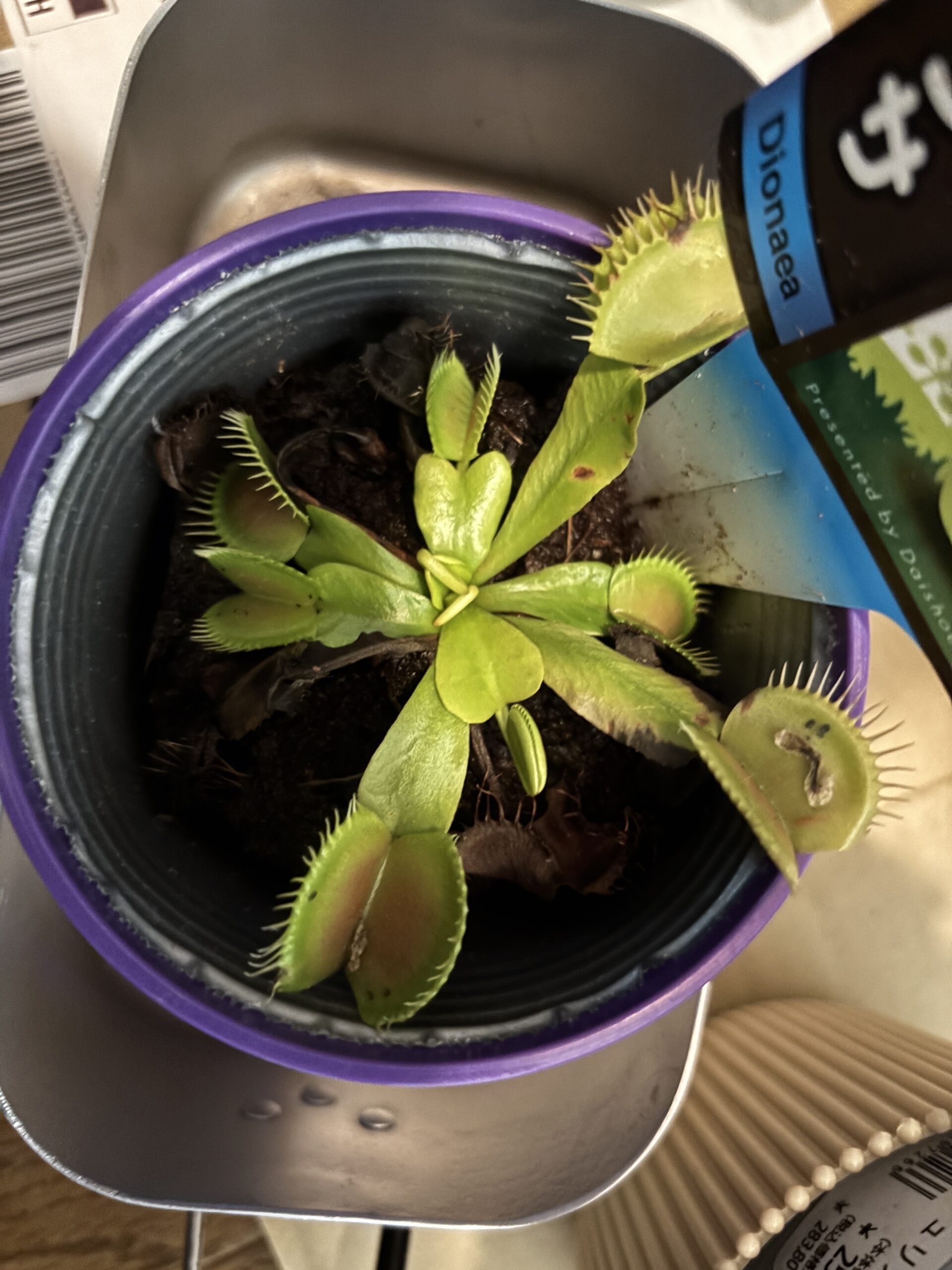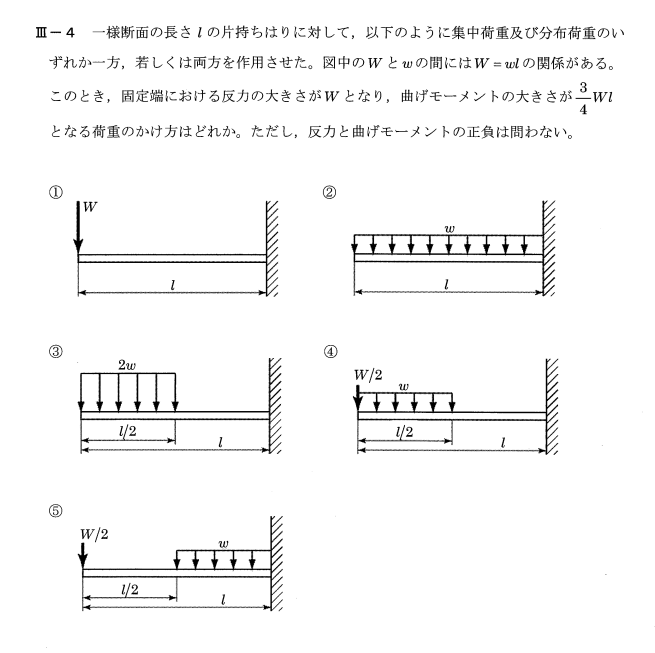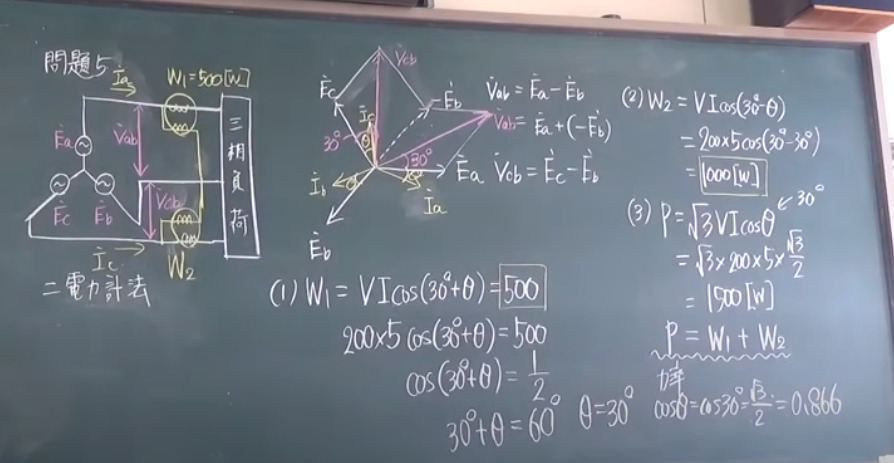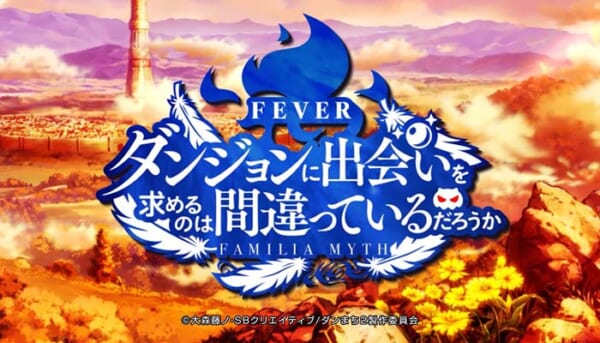ABSTRACT
The era of transformation powered by digitization, improvements in information and communication technology, machine learning, robotics and artificial intelligence is upon us. Today, we are able to solve complex problems with the aid of technology. That notwithstanding, animal populations globally are under threat, with the extinction of species taking place at a far accelerated pace than can be reversed, thus making wildlife conservation a critical issue of our time. Along with wildlife extinction currently underway, there remains a chronic financial shortage for wildlife conservation and the funding shortfall is expanding annually. This research contends that blockchain, the technology underpinning cryptocurrencies such as Bitcoin can be utilized as a catalyst by the development of cryptowildlife nonfungible tokens (NFTs), which are provably scarce, unique and programmable digital wildlife collectible assets. These could be used to finance wildlife conservation as a supplementary source of revenue.デジタル化、情報通信技術の向上による変革の時代。
技術、機械学習、ロボット工学、人工知能などが登場します。今日、私たちは以下を解決することができます。
複雑な問題も、テクノロジーの力を借りれば解決します。それにもかかわらず、世界的に動物の個体数が減少しています。
種の絶滅は、後戻りできないほど加速しており、脅威となっています。
そのため、野生生物の保護は、現代の重要な課題となっています。野生生物の絶滅とともに
野生動物保護のための資金が慢性的に不足しており、その資金不足は深刻です。
は年々拡大しています。本研究では、ブロックチェーンの基盤技術である
ビットコインのような暗号通貨は、証明可能な希少性とユニークさ、そしてプログラム可能なデジタル野生動物収集可能なトークン(NFT)の開発により、触媒として利用することができます。
資産です。これらは、野生動物保護のための補助的な収入源として利用することができる。
Introduction
Today, the world is undergoing an era of profound transformations powered by digitization, constant improvements in information and communications technology, machine learning, robotics and artificial intelligence (Syam and Sharma, 2018: 135). Mr. Pololikashvili, Secretary-General of the United Nations World Tourism Organization (UNWTO) (2018) underscored the critical role technology plays in aiding to better manage social, cultural and environmental impacts. The author notes that the effective usage of technological advances can act as an agent for positive change and spur on the sustainable management of tourism. Notwithstanding the previous assertion, only a small portion of the earth remains untouched by humanity as population growth drums up at an unprecedented rate and the need for land and its value soars, leaving less room and resources for wildlife. As a result, global animal populations are under threat, making wildlife conservation a critical issue of our time (Abotsi et al., 2016: 394). This urgency has, however, done very little to curb the devastating humaninduced extinction event currently underway, with the extinction of species taking place at a far accelerated pace than can be reversed (Lindsey et al., 2004: 339; Hein et al., 2013: 87). Globally conservation efforts are dramatically losing the fight for the preservation of wildlife and biodiversity in general, due to the severe shortage of funds for conservation activities (Waldron et al., 2013: 12144; Li et al., 2013: 296; Baral and Dhungana, 2014: 60; Kay, 2018: 175). Berghöfer et al., (2017: 2) notes that there is a chronic financial shortage for biodiversity conservation and the financing gap is set to expand. According to the Convention on Biological Diversity (CBD), the financial resources needed for global implementation of the Aichi Biodiversity targets have been estimated at 440 billion per year (Maclean, 2015: 1; Berghöfer the idea that exposure risk spread around acts as a buffer against bad performing assets. Effectively MPT echoes in financial terms the idiom that states “don’t put all your eggs in one basket” (Liang, 2018: 1). Economists recognized that organizations would be able to ameliorate their risk by acquiring diverse assets whose returns were not perfectly correlated (Alvarez et al., 2017: 25). While in finance assets may represent stocks, bonds and commodities, within environmental contexts, “assets” may be associated with genes, populations, species and landscapes that have inherent risks and returns (Ando and Shah, 2014: 334). This research will explicitly focus on wildlife as an “asset” or rather a provably scarce, unique and programmable digital wildlife-based token commonly referred to as a NFT. Blockchain-enabled tokens incentivises entrepreneurship by providing entrepreneurs with new ways to raise funds and engage with their stakeholders (Chen, 2018: 567). A blockchain enabled economy can act as a catalyst for growth and could provide a platform where innovative borderless practices are allowed to thrive and create a truly collaborative global economy built on shared values and objectives for the benefit of the wider community (Buchanan, 2018: 1). Based on MPT and its premise of risk diversification, could Blockchainbased games form part of investment portfolios within conservation-based organizations and be considered viable sources for augmenting resources meant for marketing and financing wildlife conservation? This is a desktop based-research study, which is strictly observational and makes use of literature to support its premise, findings and conclusions. Today, the world is undergoing an era of profound transformations powered by digitization, constant improvements in information and communications technology, machine learning, robotics and artificial intelligence (Syam and Sharma, 2018: 135). Mr. Pololikashvili, Secretary-General of the United Nations World Tourism Organization (UNWTO) (2018) underscored the critical role technology plays in aiding to better manage social, cultural and environmental impacts. The author notes that the effective usage of technological advances can act as an agent for positive change and spur on the sustainable management of tourism. Notwithstanding the previous assertion, only a small portion of the earth remains untouched by humanity as population growth drums up at an unprecedented rate and the need for land and its value soars, leaving less room and resources for wildlife. As a result, global animal populations are under threat, making wildlife conservation a critical issue of our time (Abotsi et al., 2016: 394). This urgency has, however, done very little to curb the devastating humaninduced extinction event currently underway, with the extinction of species taking place at a far accelerated pace than can be reversed (Lindsey et al., 2004: 339; Hein et al., 2013: 87). Globally conservation efforts are dramatically losing the fight for the preservation of wildlife and biodiversity in general, due to the severe shortage of funds for conservation activities (Waldron et al., 2013: 12144; Li et al., 2013: 296; Baral and Dhungana, 2014: 60; Kay, 2018: 175). Berghöfer et al., (2017: 2) notes that there is a chronic financial shortage for biodiversity conservation and the financing gap is set to expand. According to the Convention on Biological Diversity (CBD), the financial resources needed for global implementation of the Aichi Biodiversity targets have been estimated at 440 billion per year (Maclean, 2015: 1; Berghöfer
今、世界はデジタル化を原動力とした大きな変革の時代に突入しています。
情報通信技術の絶え間ない向上、機械学習。
ロボット工学、人工知能(Syam and Sharma, 2018: 135)。ポロリカシュヴィリ氏
国連世界観光機関(UNWTO)事務総長(2018)
は、社会的、文化的、そして、より良い管理を支援するために、テクノロジーが果たす重要な役割を強調した。
環境影響 著者は、技術の進歩を効果的に利用することで、次のように指摘しています。
は、ポジティブな変化のエージェントとして機能し、観光の持続可能な経営に拍車をかけることができます。
前述したように、地球上のごく一部が手つかずのまま残されています。
人類は、かつてないスピードで人口が増加し、土地に対するニーズが高まっています。
その結果、野生動物が生存できるスペースや資源が少なくなっています。その結果、世界の動物たちは
野生生物の保護は、現代の重要な課題となっています(Abotsi
ら、2016年。394). しかし、この緊急性は、現在進行中の人類による壊滅的な絶滅現象を抑制することにはほとんど役立っておらず、種の絶滅は以下のような速度で起こっている。
元に戻せるペースよりもはるかに加速している(Lindsey et al., 2004: 339; Hein et al., 2013: 87)。
世界的に見ると、自然保護活動は、野生生物保護のための戦いに劇的に負けつつある。
と生物多様性全般の保護活動に必要な資金が著しく不足しているためです。
(Waldron et al., 2013: 12144; Li et al., 2013: 296; Baral and Dhungana, 2014: 60; Kay, 2018:
175).
Berghöferら(2017: 2)は、生物多様性のための慢性的な資金不足があることを指摘し
の保全が必要であり、資金ギャップは拡大するとされている。生物多様性条約によると
多様性(CBD)の世界的な実施に必要な財源は、愛知県、名古屋市、大阪府、京都府、兵庫県、奈良県、和歌山県です。
生物多様性ターゲットは年間4400億円と試算されている(Maclean, 2015: 1; Berghöfer
は、エクスポージャーのリスクを分散させることで、業績不振の資産に対する緩衝材として機能するという考え方である。
MPTは、金融用語でいうところの「すべての卵を1つにまとめてはいけない」という慣用句と同じである。
バスケット」(Liang, 2018: 1)。経済学者たちは、組織が以下のことを認識した。
リターンが完全には相関しない多様な資産を取得することで、リスクを改善することができます。
(Alvarez et al., 2017: 25)。金融において資産は、株式、債券、および
商品であるが、環境の文脈では、「資産」は遺伝子と関連付けられるかもしれない。
固有のリスクとリターンを持つ個体群、種、景観(Ando and Shah,
2014: 334). 本研究では、「資産」としての野生生物に明確に焦点を当て、むしろ、証明可能な
NFTと呼ばれる、希少でユニーク、かつプログラム可能な野生動物ベースのデジタルトークン。
ブロックチェーンに対応したトークンは、起業家に以下を提供することで、起業家精神を刺激する。
は、資金調達や利害関係者とのエンゲージメントの新しい方法である(Chen, 2018: 567)。ブロックチェー
経済が成長するための触媒として機能し、次のようなプラットフォームを提供することができます。
革新的なボーダーレスプラクティスを繁栄させ、真に協調的なグローバルな
より広いコミュニティの利益のために、共有された価値観と目標に基づいた経済
(Buchanan, 2018: 1)。MPTとその前提であるリスク分散に基づき、ブロックチェーンベースのゲームは、保護ベースの組織内の投資ポートフォリオの一部を形成し、次のことができるでしょうか。
マーケティングと資金調達のためのリソースを補強するための実行可能なソースと見なされます。
野生動物保護?
この研究はデスクトップベースの研究であり、厳密には観察的である。
その前提、発見、結論の裏付けとなる文献をご紹介します。
今日、世界はデジタル化を動力とした大きな変革の時代を迎えています。
情報通信技術の絶え間ない向上、機械学習。
ロボット工学、人工知能(Syam and Sharma, 2018: 135)。ポロリカシュヴィリ氏
国連世界観光機関(UNWTO)事務総長(2018)
は、社会的、文化的、そして、より良い管理を支援するために、テクノロジーが果たす重要な役割を強調した。
環境影響 著者は、技術の進歩を効果的に利用することで、次のように指摘しています。
は、ポジティブな変化のエージェントとして機能し、観光の持続可能な経営に拍車をかけることができます。
前述したように、地球上のごく一部が手つかずのまま残されています。
人類は、かつてないスピードで人口が増加し、土地に対するニーズが高まっています。
その結果、野生動物が生存できるスペースや資源が少なくなっています。その結果、世界の動物たちは
野生生物の保護は、現代の重要な課題となっています(Abotsi
ら、2016年。394). しかし、この緊急性は、現在進行中の人類による壊滅的な絶滅現象を抑制することにはほとんど役立っておらず、種の絶滅は以下のような速度で起こっている。
元に戻せるペースよりもはるかに加速している(Lindsey et al., 2004: 339; Hein et al., 2013: 87)。
世界的に見ると、自然保護活動は、野生生物保護のための戦いに劇的に負けつつある。
と生物多様性全般の保護活動に必要な資金が著しく不足しているためです。
(Waldron et al., 2013: 12144; Li et al., 2013: 296; Baral and Dhungana, 2014: 60; Kay, 2018:
175).
Berghöferら(2017: 2)は、生物多様性のための慢性的な資金不足があることを指摘し
の保全が必要であり、資金ギャップは拡大するとされている。生物多様性条約によると
多様性(CBD)の世界的な実施に必要な財源は、愛知県、名古屋市、大阪府、京都府、兵庫県、奈良県、和歌山県です。
生物多様性ターゲットは年間4400億円と試算されている(Maclean, 2015: 1; Berghöfer
Wildlife cloning
Since the dawn of the 21st century, only a small portion of the Earth remains untouched by humanity. As population growth drums up at an unprecedented rate and the need for land and its value soars, less room and resources are left for wildlife. As a result, global animal populations are under threat, making wildlife conservation a critical issue of our time (Abotsi et al., 2016: 394). Natural habitats, biodiversity and individual species provide and enhance the value of humanity (Ando and Shah, 2014: 322). Ando and Shah (2014: 322) denote that biodiversity has intangible value and benefits society through increasing ecosystem services such as the natural control of agricultural pests, and a wide range of economic and recreational benefits provided by wetlands, wildlife and forests. However, a devastating human-induced extinction event is currently underway, with the extinction of species taking place at a far accelerated pace than can be reversed (Lindsey et al., 2004: 339; Hein et al., 2013: 87). Species and habitats are largely threatened and destroyed by human activities (Ando and Shah, 2014: 322). Activities such as urban development, intensive water usage, over-hunting, overgrazing and over harvesting drive specie populations to incredibly low levels or in extreme cases lead to their extinction (Ando and Shah, 2014: 322). Based on the worsening scenario presented above, Wright (2018: 58) makes an interesting preposition noting that due to the large scale predicted extinction of the world’s animal species, humans will in 2070, begin cloning animals for tourism, consumption and conservation purposes. Wright (2018: 64) lays out the argument that, despite societies’ frustration with the vast number of animals that risk extinction due to animal sports hunting and poaching, these continue to this day. One scenario he proposes is the cloning of animals, which get reintroduced to their natural habitats and are used for sports hunting, for a hefty fee. These propositions are naturally not without criticisms as noted by Wright himself, such as: “Cloning of endangered species has a low success rate and animals that are cloned often have shorter lives and are unable to reproduce”; “Cloning does not tackle the reasons as to why many animals become endangered in the first place, such as hunting, habitat destruction and global warming; “Species is more than just the sum of its genes. What use is a cloned animal if we have no more space where the species can live? And that, the money would be better invested on direct aid to maintain habitats,". These are interesting propositions laid out by the author and equally valid criticisms raised. The costs of doing this would not only be immense, the ethical considerations of doing something like this would present a continuous debate. With the reality of wildlife extinction and the severe wildlife conservation funding gap in mind, Mofokeng and Matima (2018) propositioned the use of NFT’s, a form of digital cloning, as an additional revenue model for wildlife financing and conservation. This paper seeks to clarify and further advance that proposition.
21世紀の幕開けから、地球のごく一部が手つかずで残されています。
人類。かつてないスピードで人口が増加し、土地の必要性が高まるにつれ
野生動物のための空間と資源が少なくなっています。その結果、世界の動物たちは
野生生物の保護は、現代の重要な課題となっています(Abotsi
ら、2016年。394). 自然生息地、生物多様性、個々の種は、以下を提供し、向上させる。
は、人類の価値である(安藤・シャー、2014:322)。安藤とシャー(2014: 322)は次のように表記している。
生物多様性は無形の価値を持ち、生態系サービスの増加を通じて社会に利益をもたらす。
農業害虫の自然制御や、経済的、レクリエーション的な幅広い分野での活用など
湿地、野生生物、森林が提供する便益。しかし、人為的に引き起こされた壊滅的な
現在、種の絶滅が進行中であり、そのスピードは遥かに速い。
取り返しのつかないほど加速している(Lindsey et al.)
種と生息地は、その大部分が人間活動によって脅かされ、破壊されている(Ando and
シャー,2014.322). 都市開発、集中的な水利用、過剰な狩猟などの活動。
過放牧や過伐採は、種の個体数を信じられないほど減少させ、極端な場合には
場合、絶滅につながる(Ando and Shah, 2014: 322)。
上に示した悪化のシナリオに基づき、ライト(2018: 58)は興味深いことを述べている。
前置きが長くなりましたが、世界の動物種の大規模な絶滅が予測されるため、次のように指摘します。
2070年には、観光、消費、保全のために動物のクローン作りが始まるでしょう。
を目的としています。ライト(2018:64)は、社会が不満を抱いているにもかかわらず、次のような議論を展開する。
アニマルスポーツの狩猟や密猟により、膨大な数の動物が絶滅の危機に瀕しているが、これら
は今日まで続いている。彼が提案するシナリオの一つは、動物のクローンを作成し、そのクローンが
そして、高額の報酬を得て、自然の生息地に戻され、スポーツハンティングに利用される。
これらの提案には、当然ながら批判がないわけではなく、ライト自身が次のように指摘している。
絶滅危惧種のクローンは成功率が低く、クローンされた動物も絶滅の危機に瀕している。
多くの場合、寿命が短くなり、繁殖ができなくなる」。
クローン技術は、なぜ多くの動物が絶滅の危機に瀕しているのか、その原因を解明するものではありません。
狩猟、生息地の破壊、地球温暖化など、そもそもの問題がある。
種とは、単に遺伝子の総和ではない。クローン動物に何の意味があるのか。
その種が生きていける空間はもうないのでしょうか。そして、そのお金は、より良いものであること
生息地を維持するための直接的な援助に投資することです」。
これらは著者が打ち出した興味深い命題であり、同様に妥当な批判も提起されている。
このようなことを行うには、莫大な費用がかかるだけでなく、倫理的な配慮が必要である。
このようなことは、継続的な議論になる。野生動物の絶滅という現実を前にして
と野生動物保護の深刻な資金ギャップを念頭に置き、Mofokeng and Matima (2018)
の新たな収益モデルとして、デジタルクローニングの一種であるNFTの利用を提唱しています。
野生生物の資金調達と保護 本稿は、そのことを明らかにし、さらに前進させようとするものである
の命題がある。
~~~~~~~~中略~~~~~~~~
Conclusions
This research posited that Blockchain-based NFT’s could be utilized as an alternative means for wildlife conservation and financing. It contends that, due to the unique capabilities provided by blockchain technology, wildlife can be ‘cloned’ with all their unique characteristics, and preserved on the blockchain. The non-fungible aspect brought by blockchain technology could ensure that conservation areas hosting rare and endangered wildlife could benefit from the sale of their cyptowildlife NFT that would be bred, bought and traded on the blockchain. This could provide an alternative revenue model with a focus on conservation. This cryptowildlife archetype can also be extended further to not just wildlife but to game reserves as well via virtual worlds. With virtual reality combined with blockchain technology, as in the case of Decentraland (Decentraland, 2018), and others like it, game reserves themselves could exist on the blockchain, along with all the characteristics and wildlife that make those game reserves unique. This opens up game reserves and tourism to a whole new market of online gamers, blockchain enthusiasts and tourists alike, accessible to anyone, anywhere around the world with internet access. The same payment options or facilities that are present within real-world game reserves such as game driving, sightseeing, etc. can also be made available on the blockchain combined with virtual reality. These can be accessible via normal web browsers such as WebVR or virtual reality goggles. Virtual reality as a technology has long been used in the tourism sector, however, it hasn’t been used in combination with blockchain technology which enables verifiability, extensibility, scarcity and accessibility, elements which were up until now not possible.本研究では、ブロックチェーンを利用したNFTが代替手段として活用できることを想定し
野生生物の保護と資金調達のために また、そのユニークな機能により、野生動物保護と資金調達のために
ブロックチェーン技術によって、野生生物はそのユニークな特徴をすべて備えた「クローン」を作成し
ブロックチェーン上に保存されます。ブロックチェーン技術がもたらす非可溶性の側面は、以下のようなことが考えられます。
希少で絶滅の危機に瀕した野生動物を保護する地域は、その保護活動から利益を得ることができます。
ブロックチェーン上で繁殖、売買されるNFTを販売する。これは
は、保護に重点を置いた代替収益モデルを提供することができます。
このクリプトワイルドライフの原型は、野生動物だけでなく、ゲームにもさらに拡張することができます。
また、仮想世界を通じて 仮想現実とブロックチェーン技術の組み合わせで
のように、Decentraland (Decentraland, 2018)、その他、ゲームリザーブ
ブロックチェーン上に、その特徴や野生動物と一緒に存在することができます。
そのゲームリザーブをユニークなものにしています。これにより、ゲームリザーブと観光は、まったく新しい
オンラインゲーマー、ブロックチェーン愛好家、観光客など、誰でもアクセス可能な市場です。
インターネットに接続できる環境であれば、世界中のどこでも。
現実のゲームリザーブ内に存在するのと同じ支払いオプションや施設、例えば
ゲームドライブや観光など、ブロックチェーンと組み合わせて利用することも可能です。
バーチャルリアリティと これらは、WebVRなどの通常のウェブブラウザでアクセスすることができますし
バーチャルリアリティゴーグル 観光分野では、技術としてのバーチャルリアリティは以前から利用されています。
しかし、ブロックチェーン技術との組み合わせは、これまであまり例がありません。
検証可能性、拡張性、希少性、アクセシビリティなど、これまで不可能だった要素を
可能です。





